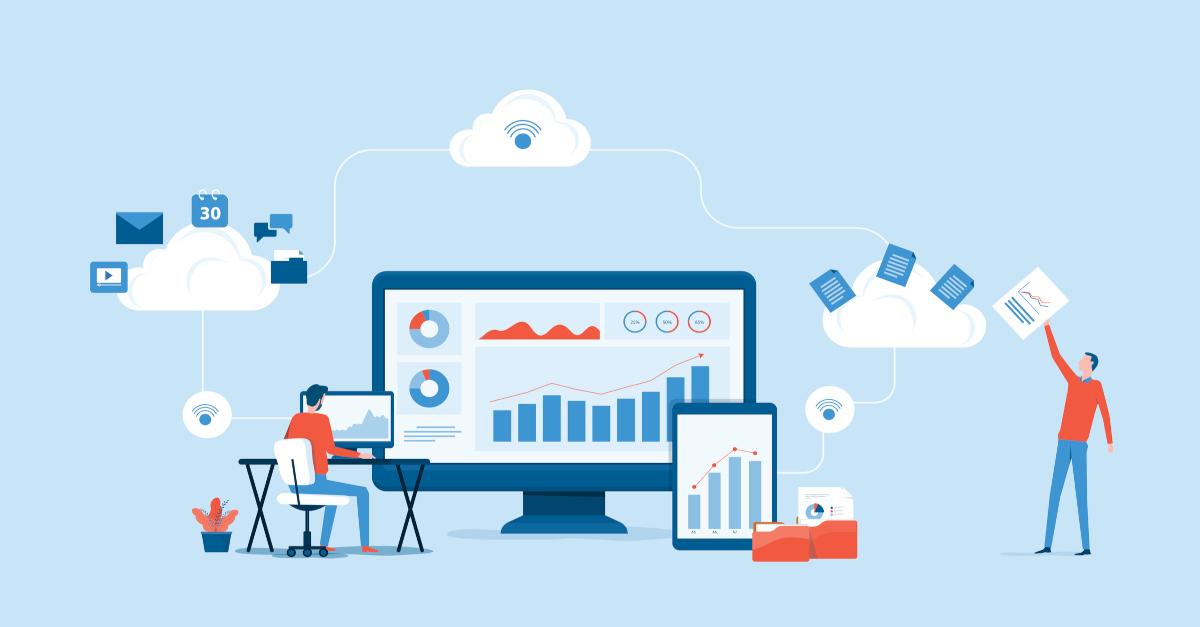Mastering Observability: Technical Practices and Key Factors for Success

In my last post, I unraveled the hype and misconceptions around Observability, Monitoring, and Site Reliability Engineering (SRE). Today, I want to dive into the technical side of observability, exploring the important practices and factors that contribute to achieving observability in your systems.
Core Components of Observability
When it comes to observability, there are three key data types that form the foundation: traces, logs, and metrics. Let’s take a closer look at each of them:
Traces: Traces are records of individual requests or transactions as they flow through a distributed system. They provide a detailed view of how requests propagate through various components and services, allowing engineers to pinpoint bottlenecks, latency issues and erroneous calls.
Logs: Logs are records of discrete events that occur within a system. They provide a chronological account of what happened, when it happened, and where it happened. Logs are essential for post-incident forensics and understanding system behavior over time.
Metrics: Metrics are numerical representations of system performance and characteristics, collected at regular intervals. They provide a high-level view of system health and can be aggregated, averaged, and analysed to detect trends and anomalies.
Technical Practices for Achieving Observability
Now that we’ve covered the foundational data types, let’s delve into the technical practices that can help you achieve observability in your systems:
Instrumentation: Instrumentation is the process of adding code to your application to collect observability data. This can include logging statements, metrics collection, and tracing spans. Effective instrumentation is essential for capturing the data needed to understand your system’s behavior.
Aggregation and Storage: Observability data can be voluminous, and managing it effectively requires proper aggregation and storage solutions. Time-series databases, log management systems, and distributed tracing platforms are all essential tools for handling and storing observability data.
Visualisation: Visualising your observability data is crucial for making it actionable. Dashboards, charts, and graphs can help you quickly identify trends, spot anomalies, and understand system behavior at a glance.
Alerting: Proper alerting is essential for turning observability data into actionable insights. By setting up alerts based on key metrics and thresholds, you can ensure that your team is notified of potential issues before they become critical.
Anomaly Detection and Root Cause Analysis: Observability is all about understanding why things go wrong and how to fix them. By leveraging machine learning and advanced analytics, you can detect anomalies and perform root cause analysis to identify and resolve issues more efficiently.
Key Factors for Observability Success
Achieving observability is not a one-size-fits-all endeavor. However, there are several key factors that can contribute to your success:
Adopt a culture of observability: Cultivate a mindset that values transparency, learning, and continuous improvement. Encourage your team to prioritise observability and make it an integral part of your development and operations processes.
Choose the right tools: There is no shortage of observability tools on the market, but not all of them are created equal. Be sure to select tools that align with your organisation’s needs, scale, and technical stack.
Continuously iterate and improve: Observability is not a “set it and forget it” endeavor. Continuously monitor and refine your observability practices, making adjustments as your system evolves and new challenges arise.
Collaboration and communication: Foster a collaborative environment where team members openly communicate and share insights about system performance and issues. This ensures that everyone is on the same page and working together to improve the overall observability and reliability of the system.
Education and training: Invest in ongoing education and training for your team to stay up-to-date with the latest observability best practices and technologies. This empowers your team members to effectively use the tools and techniques available to them, resulting in a more observable and resilient system.
Wrapping Up
In conclusion, mastering the technical side of observability is crucial for maintaining and optimising modern software systems. By understanding the core components of observability—logs, metrics, and traces—and implementing key technical practices such as instrumentation, aggregation, visualisation, alerting, and anomaly detection, you can achieve a transparent and reliable system.
Moreover, fostering a culture of observability within your team, choosing the right tools, continuously iterating and improving, and promoting collaboration and communication, as well as investing in education and training, will set you up for success. As you embrace observability, you’ll be better equipped to diagnose and resolve issues quickly and effectively, ensuring that your software systems run smoothly and meet the high expectations of today’s users.
So, roll up your sleeves and dive into the world of observability! By mastering these technical practices and factors, you’ll be well on your way to building more reliable, performant, and transparent systems. Happy observing!